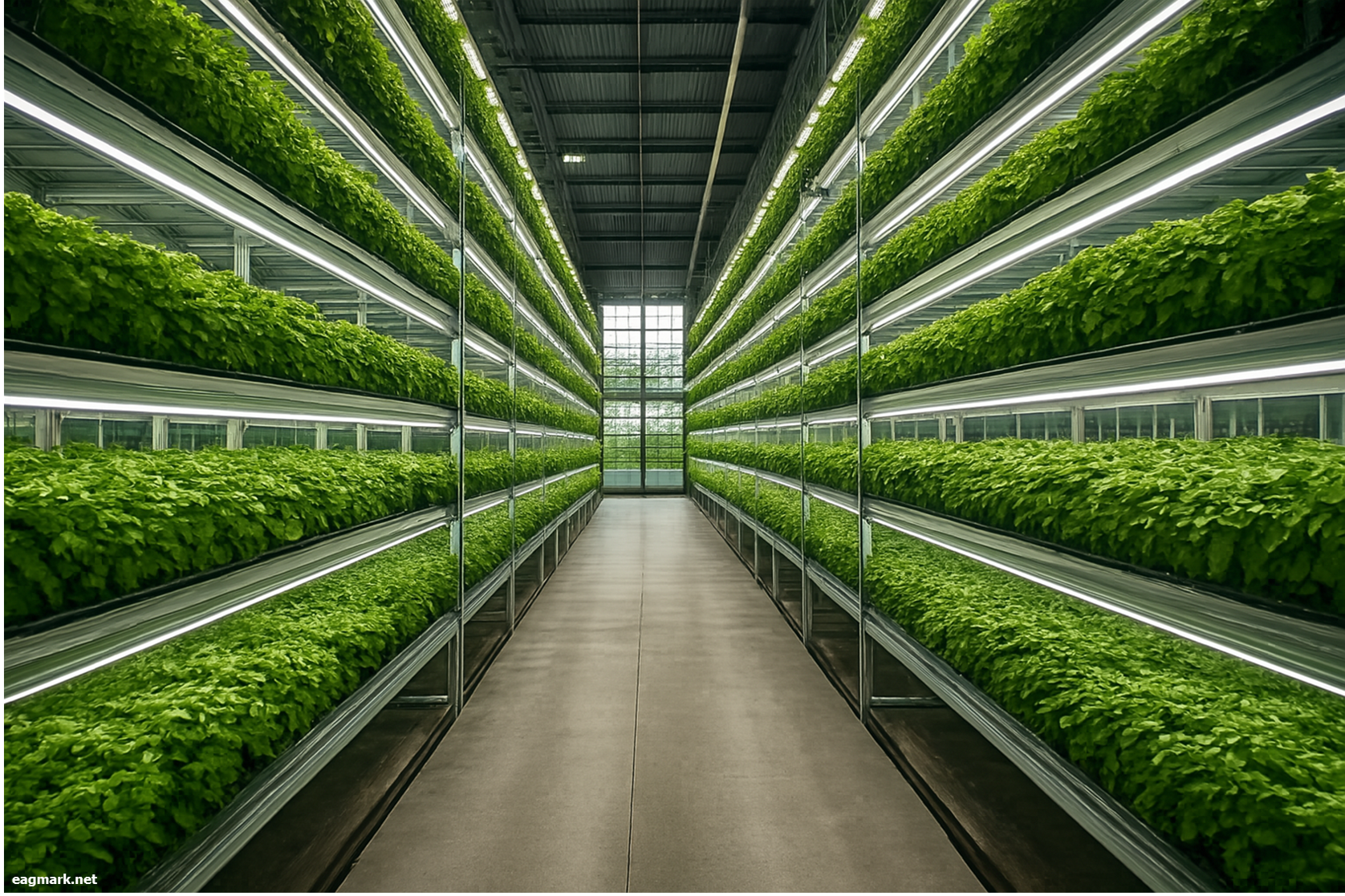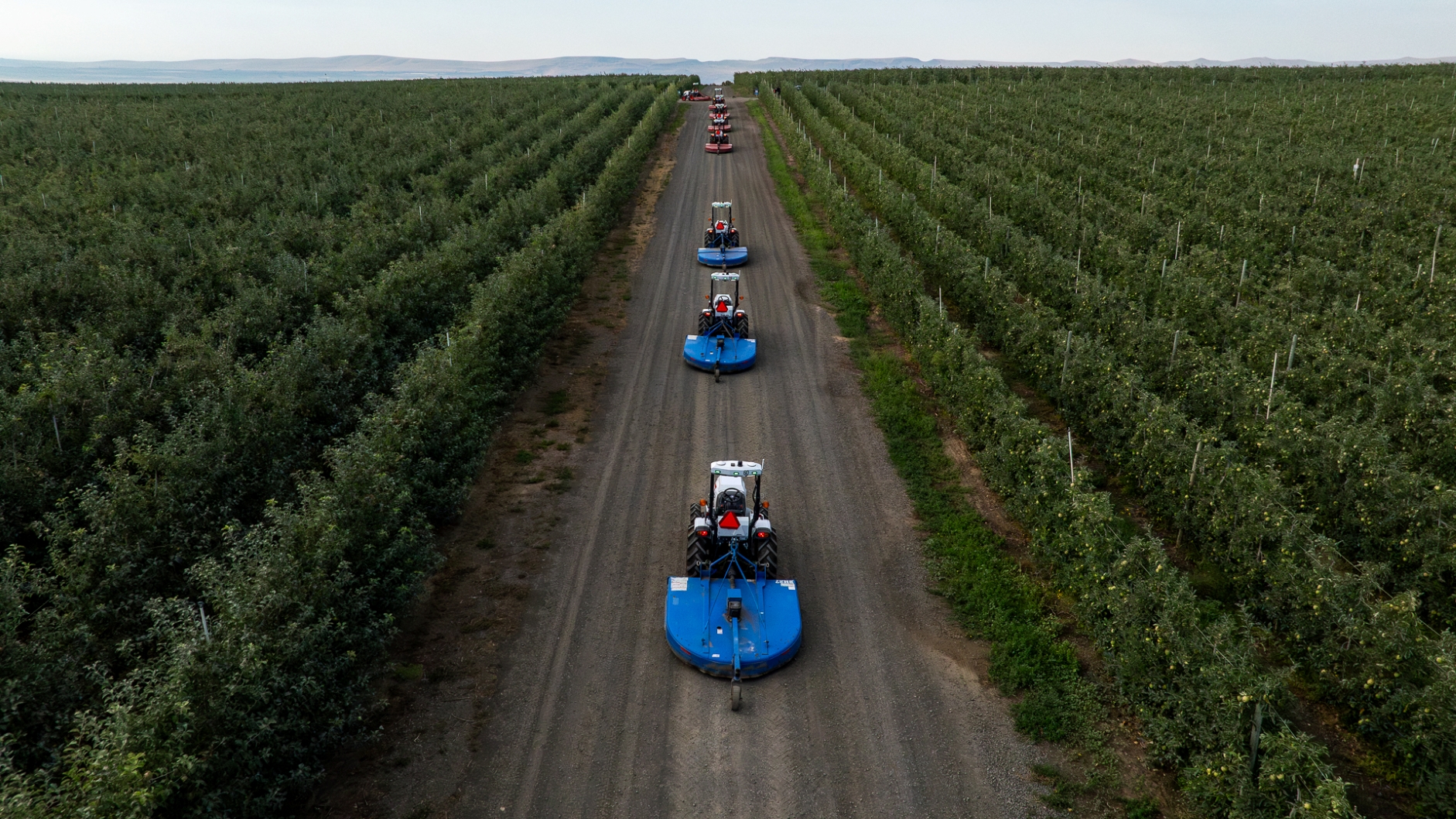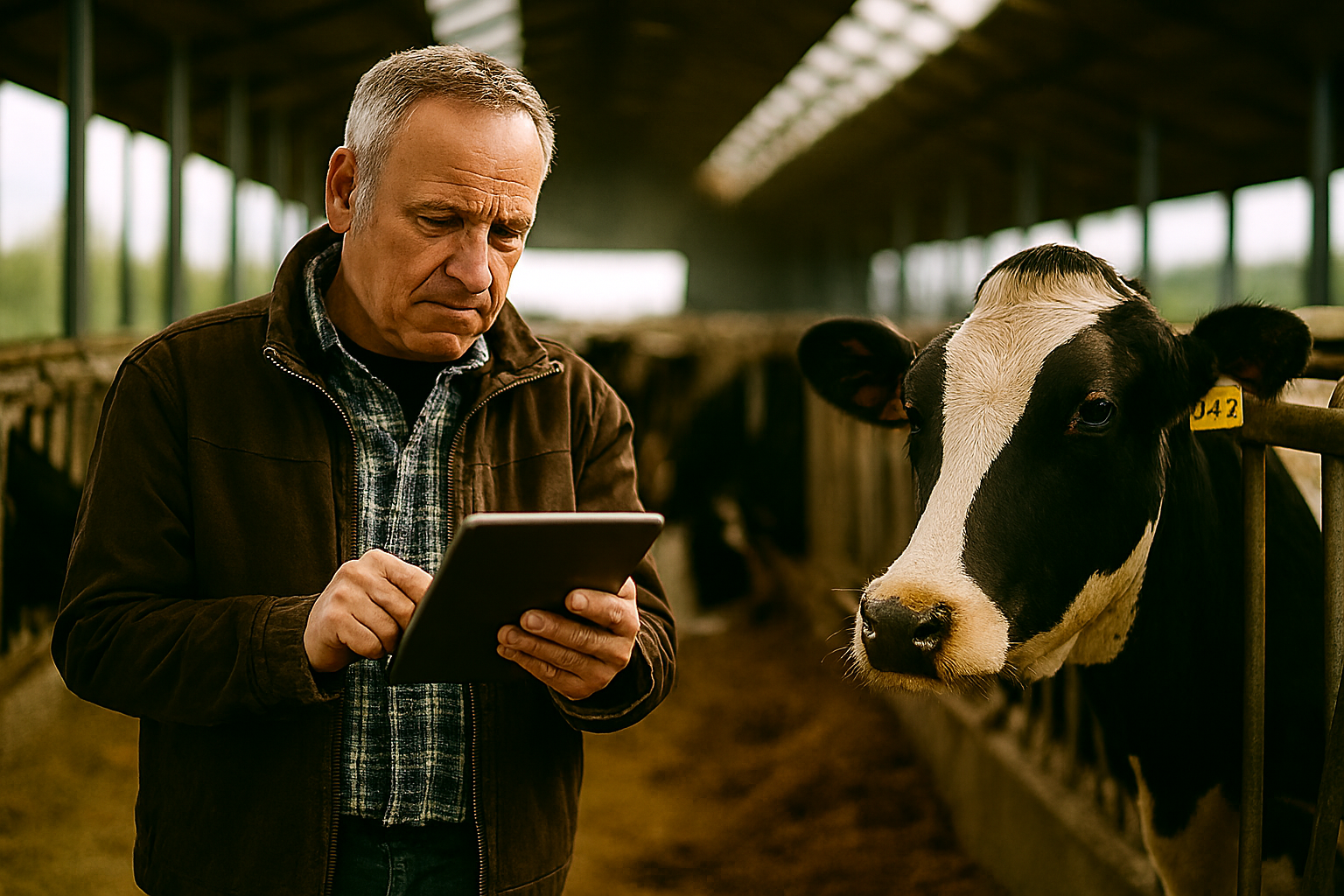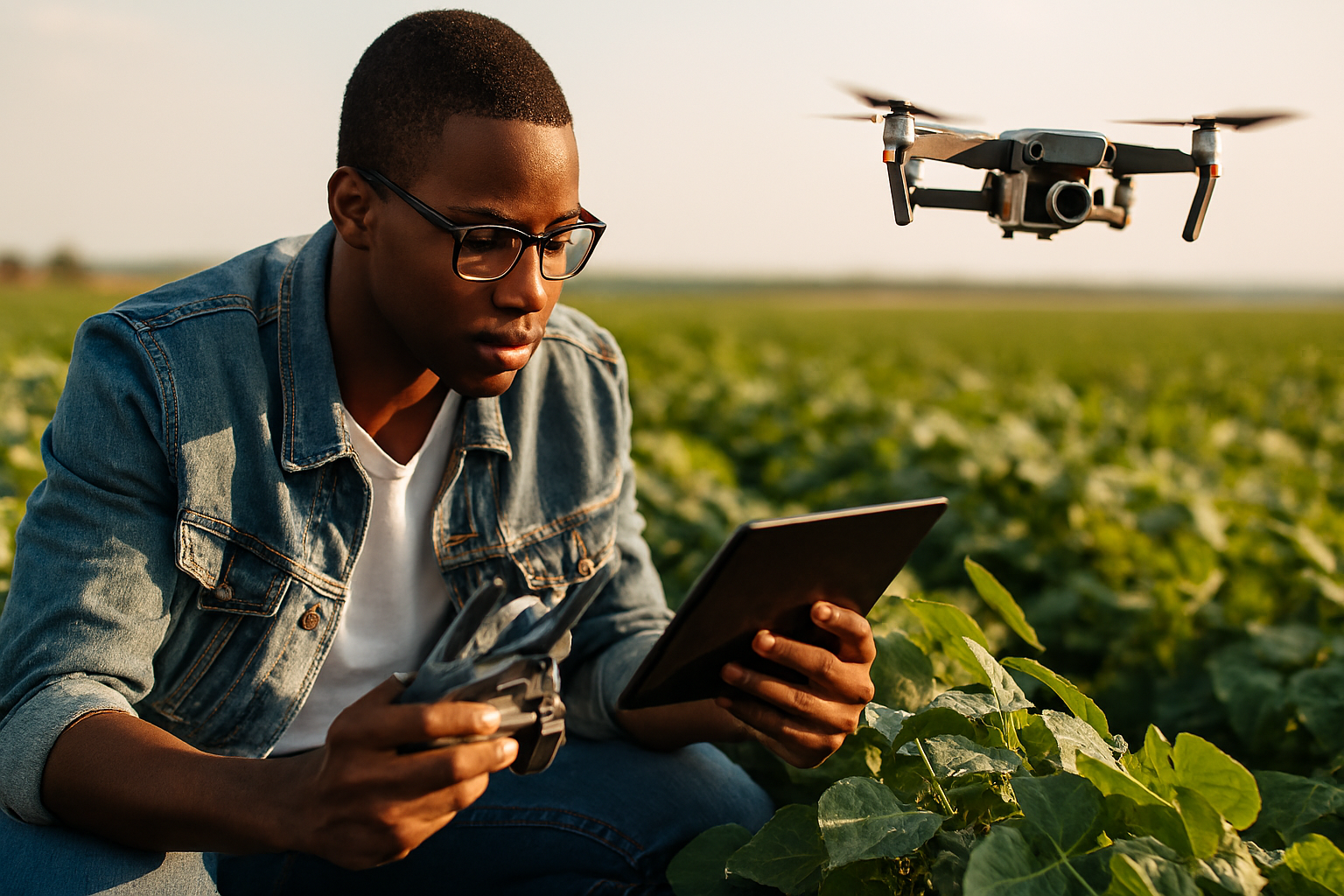
Vertical farming—growing crops in stacked layers inside controlled indoor environments—has captured the imagination of investors, city planners, and farmers alike. But behind the glossy marketing and sustainability claims lies a far more complex reality than headlines suggest.
From Vision to Reality: A Long Journey
The idea isn't new. In 1909, Life Magazine published speculative designs showing vertically stacked homesteads and towering food production centers. Architects like Le Corbusier were sketching similar concepts by the 1920s. But vision and working systems are different things entirely.
Real momentum began building in the late 1990s when microbiologist Dickson Despommier and his graduate students at Columbia University genuinely reimagined the concept for modern cities. Despommier proposed that a 30-story vertical farm could theoretically feed 50,000 people, producing crops upstairs and raising fish and poultry below in an integrated system. While some of his energy consumption assumptions haven't held up well, his work—particularly his 2010 book The Vertical Farm—shifted the conversation from science fiction to serious agricultural discussion.
The Sustainability Question: Where Marketing Meets Reality
This is where things get messy. The industry promotes compelling advantages: less land needed, significantly lower water consumption, and reduced pesticide dependence. These benefits are real in many cases. Some vertical farms do use up to 98% less water than conventional agriculture.
But there's a serious credibility problem.
During COP28, agricultural sustainability expert Henry Gordon-Smith raised a critical concern: vertical farming companies routinely make environmental claims without the data to back them up. A 2021 Census of Controlled Environment Agriculture revealed the gap: while 70% of respondents claimed they tracked water usage, only 40% could actually provide verifiable data. The numbers for energy consumption were even worse—62% tracked it, but just 28% could produce credible figures.
This matters because energy consumption is where vertical farming's environmental case gets complicated. Research indicates greenhouses consume roughly 86% less energy per kilogram of product than vertical farms. Since many vertical farms still depend on grid electricity rather than renewable sources, the actual environmental benefit remains questionable for many operations.
The honest answer: vertical farming can be sustainable, but only when companies operate transparently and prioritize energy efficiency from the start. Many don't.
What Actually Grows Well Indoors
Leafy greens. That's the straightforward answer. Lettuce, spinach, herbs, and microgreens thrive in controlled environments and consistently generate profits. This is where the technology works best.
Strawberries and some tomato varieties show promise, though scaling production remains challenging. A handful of small operations—including some container farms on remote islands—have demonstrated it's possible, but these remain exceptions rather than the norm.
Everything else presents problems. Root vegetables and staple crops like wheat and rice require more space and energy than current systems make practical. Some agricultural organizations are experimenting with vertical farming for seedling production to support reforestation efforts, with early results looking encouraging, but commercial viability remains unproven.
The Industry's Brutal Correction
Starting around 2022, the market delivered hard lessons. Bowery Farming, Plenty, Jones Food Company, and Kalera—all well-funded operators with serious backing—either scaled back dramatically or shut down entirely. The culprits were predictable: high operating costs, relentless energy consumption, and the simple fact that they couldn't make consistent profits.
Investors took notice. Funding dried up. Several years of sobering reality followed.
But here's what's interesting: since late 2023, something has shifted. The industry isn't back to 2021 hype levels, but there's genuine activity again—and it looks different. New companies are building leaner business models. They're diversifying beyond leafy greens. They're integrating greenhouse and vertical farming techniques rather than treating them as competitors.
Investment recovered to nearly $600 million in 2024, though the reality is less impressive than the headline. Most of that money came from a small number of large rounds—Oishii raised $150 million, GrowUp secured $50 million. Smaller operations struggled to find capital.
The 2025 Landscape: Innovation and Consolidation
The current state of vertical farming shows two competing trends playing out simultaneously.
On one hand, there's genuine technological progress. Companies across Europe and Asia—Signify, Farmers Lab, Innophyte Consulting—are making real advances in LED lighting efficiency and automation. AI-driven systems and robotics are moving from experimental to operational. In early 2025, we've seen funding rounds for more efficient operations: Fragaria Fruits ($2M), Grønt fra Nord ($1.2M), BlueRedGold ($3.2M), and others.
On the other hand, the industry is consolidating hard. 80 Acres Farms acquired facilities previously operated by Kalera. Soli Organic expanded its U.S. presence through acquisition. JR Automation invested in Forever Feed Technologies, signaling a shift toward integrated automated networks. Meanwhile, operators including FarmAnywhere, VIF Systems, Vertical Future, Hexagro, and Freight Farms ceased operations or entered liquidation.
The pattern is clear: the capital-intensive, technology-heavy players are surviving and consolidating. Everyone else is struggling.
Where Vertical Farming Is Actually Growing
Several regions have become genuine hubs, though for different reasons:
The Netherlands remains the global leader in controlled-environment agriculture research and innovation, building on decades of expertise in greenhouse technology.
Singapore has embraced vertical farming as a national priority, driven by limited land and genuine food security concerns. Government backing has made it a testing ground for new approaches.
The United States has active operations in New York, Chicago, and San Francisco, driven primarily by urban demand and investor interest rather than food security pressures.
Japan and South Korea have developed high-tech farming systems and plant factories, though these operate more as advanced research facilities than commercial food production at scale.
The United Kingdom has seen urban farms emerge in London and Bristol, though recent financial difficulties have tested several operators' resilience.
The United Arab Emirates views vertical farming as part of its food security strategy, with investment concentrated in Dubai and Abu Dhabi.
What Actually Matters for the Future
Several factors will determine whether vertical farming becomes a meaningful part of the global food system or remains a niche solution.
Energy sources matter more than the technology itself. A vertical farm powered by renewable energy presents a genuinely different proposition than one drawing from a coal-heavy grid. The industry has been slow to acknowledge this dependency.
Automation and AI need to work. The only way to make the economics work at scale is through substantially reduced labor costs via robotics and intelligent systems. This is happening, but slower than advocates hoped.
Crop diversification is essential but unproven. Leafy greens alone won't sustain commercial operations at the scale investors envisioned. Success requires cracking strawberries, berries, and other higher-value crops. Progress is real but incremental.
Hybrid models may be the answer. Rather than replacing greenhouses, vertical systems appear most viable when integrated with traditional controlled-environment agriculture. This combination leverages the strengths of both approaches.
Transparency is non-negotiable going forward. Companies making environmental claims need to back them with actual data. The industry's credibility depends on it.
The Honest Assessment
Vertical farming isn't going to solve global food shortages. It's one tool among many—useful in specific contexts, particularly for urban areas and regions with limited arable land, but not a replacement for traditional agriculture.
What's genuinely happening is more modest but more real: a maturing industry learning which models actually work, which don't, and where it genuinely adds value. The hype cycle has passed. What remains is serious business—more pragmatic, less ambitious, and probably more durable for it.
The companies surviving this transition are those building honest business models around technologies that actually work, powered by capital discipline rather than venture-funded moonshots. That's less exciting than the original vision, but it might actually work.


